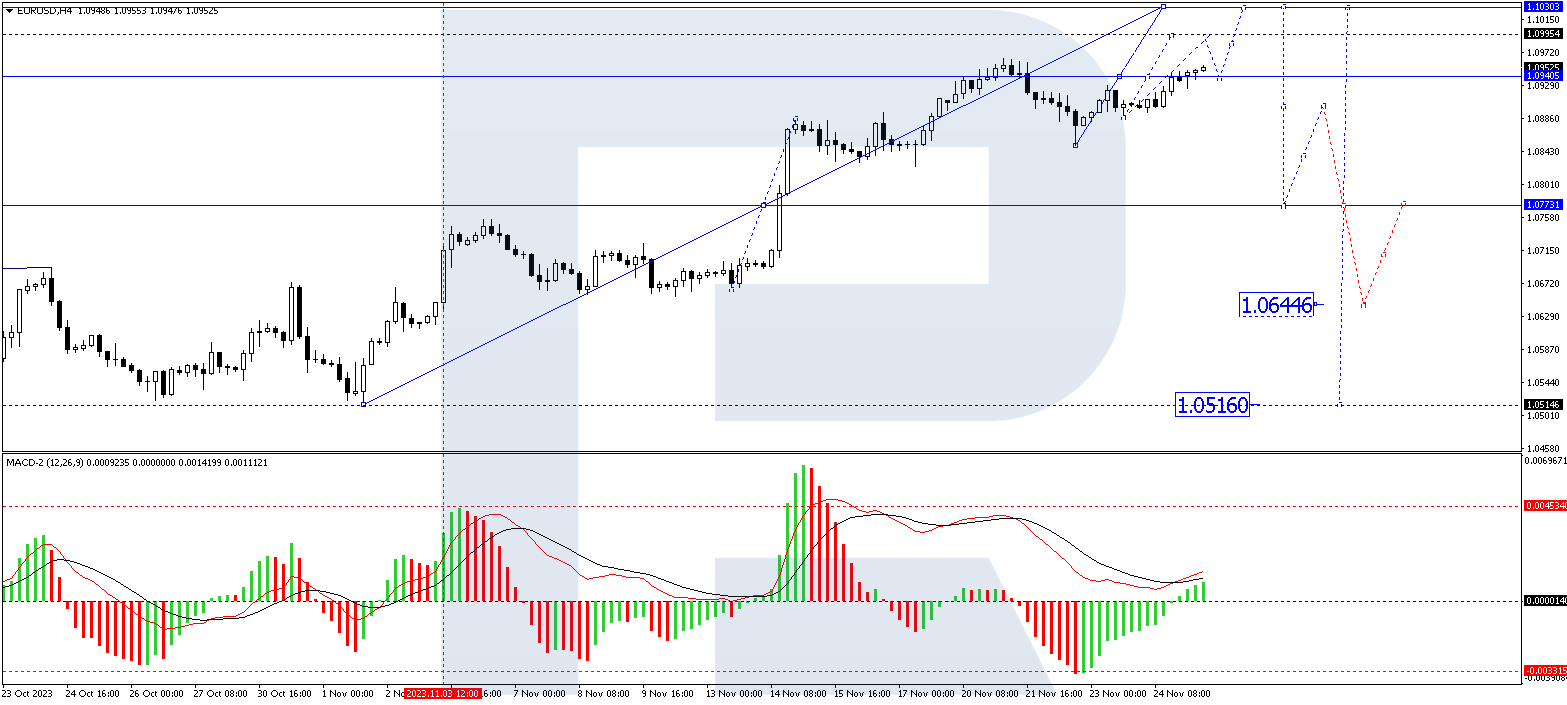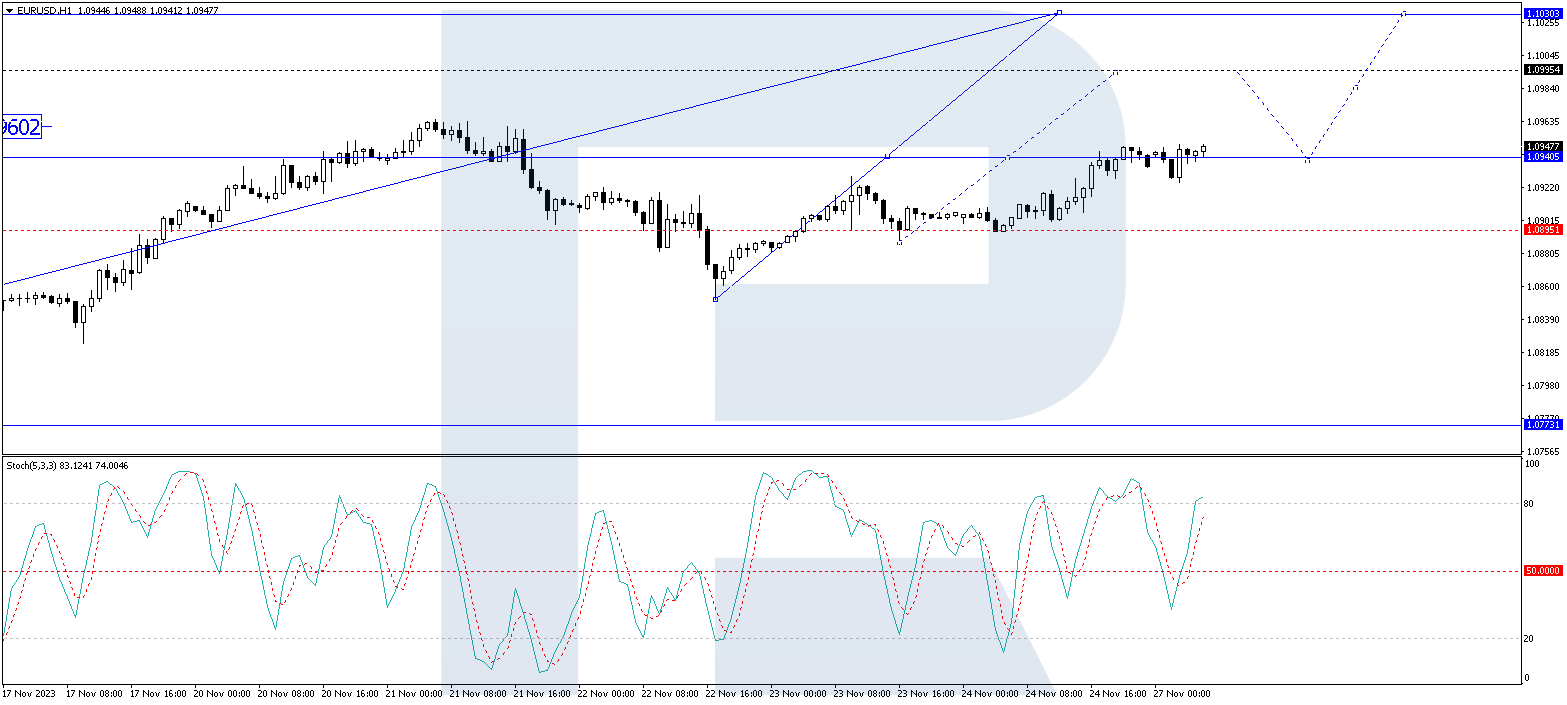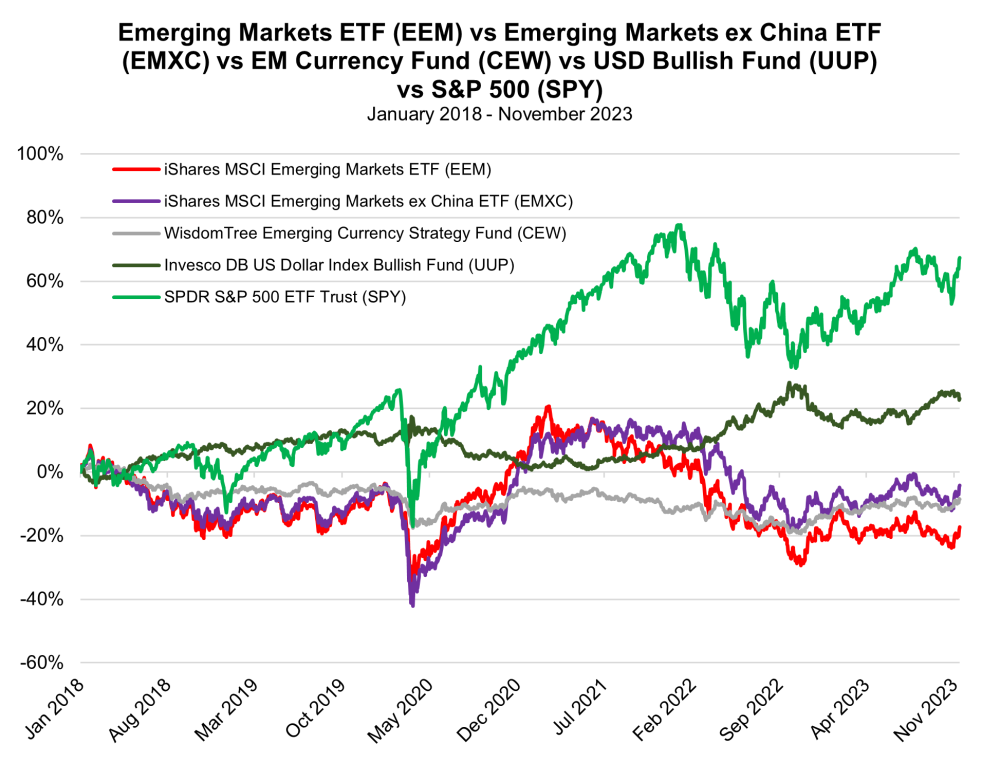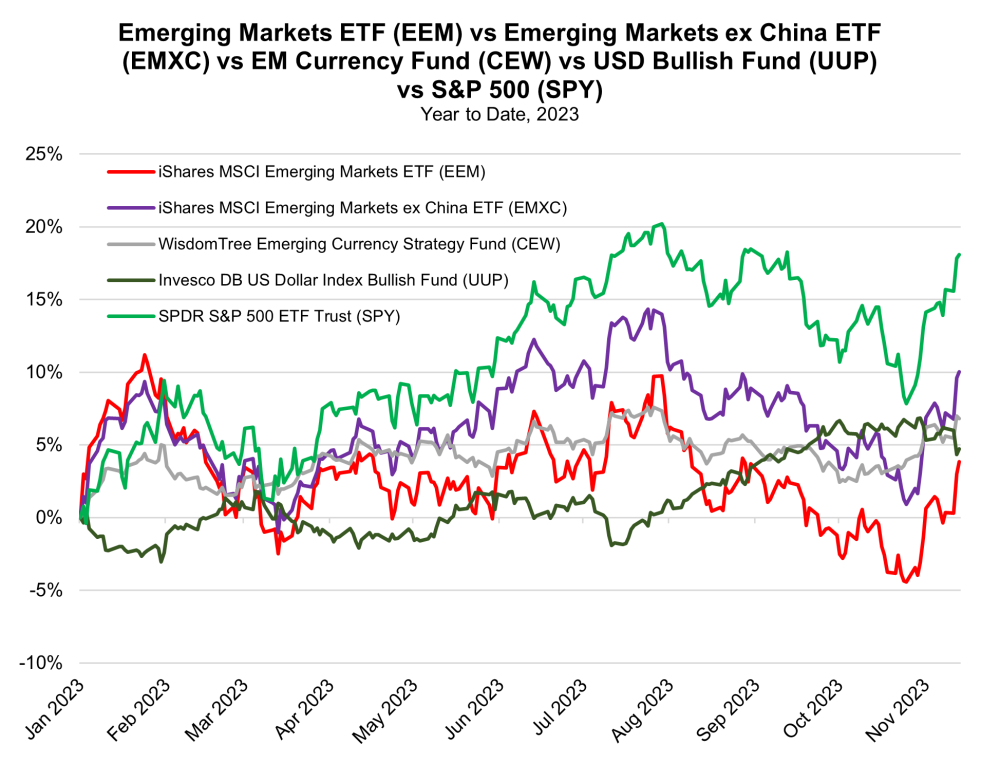Source: Stephane Foucaud (11/17/23)
Stephane Foucaud at Auctus Advisors sees over 90% upside for Panoro Energy based on increased reserves, new exploration potential, and improving fundamentals.
Norway-based Panoro Energy ASA (PEN:OSE; 1PZ:FRA) provided an operational update highlighting increased reserves and new exploration upside across its African oil assets, noted Auctus Advisors in a November 17 research report.
Analyst Stephane Foucaud reiterated a Buy rating and NOK$50 price target on Panoro Energy.
Expanded Resource Estimates in Gabon
According to Foucaud, the operator of Panoro’s Dussafu permit offshore Gabon now estimates 10 million barrels of oil in place above initial expectations, adding 4-5 million barrels of recoverable resources.
This is in addition to the recent 6-7 million barrel discovery at Hibiscus South, both driving increased reserve potential.
New Exploration Prospects Identified
Panoro also plans to drill the 29 million barrel Bourdon exploration prospect on the Dussafu permit. The company sees further upside at its Ceiba field in Equatorial Guinea and added the Akeng Deep prospect.
The analyst believes these opportunities, along with expanded reserves, support his unchanged valuation.
Production Impacted by Temporary Issues
While Panoro produced 10,000 barrels per day in Q3, exceeding estimates, short-term electrical submersible pump (ESP) problems temporarily impacted the Dussafu wells.
This will defer some production to late 2023 and early 2024 before new wells boost output.
Significant Upside Based on Improving Fundamentals
Auctus’ NOK$50 price target implies over 90% upside potential for Panoro Energy. The firm’s valuation is based on increasing reserves, new exploration prospects, and attractive EV/DACF multiples.
In summary, the analyst sees the company’s expanded resources and lower leverage supporting significant share price appreciation.
Important Disclosures:
- The article does not constitute investment advice. Each reader is encouraged to consult with his or her individual financial professional and any action a reader takes as a result of information presented here is his or her own responsibility. By opening this page, each reader accepts and agrees to Streetwise Reports’ terms of use and full legal disclaimer. This article is not a solicitation for investment. Streetwise Reports does not render general or specific investment advice and the information on Streetwise Reports should not be considered a recommendation to buy or sell any security. Streetwise Reports does not endorse or recommend the business, products, services or securities of any company mentioned on Streetwise Reports.
For additional disclosures, please click here.
Disclosures for Auctus Advisors, Panoro Energy ASA, November 17, 2023
Panoro Energy ASA (“Panoro” or the “Company”) is a corporate client of Auctus Advisors LLP (“Auctus”). Auctus receives, and has received in the past 12 months, compensation for providing corporate broking and/or investment banking services to the Company, including the publication and dissemination of marketing material from time to time.
MiFID II Disclosures This document, being paid for by a corporate issuer, is believed by Auctus to be an ‘acceptable minor non-monetary benefit’ as set out in Article 12 (3) of the Commission Delegated Act C(2016) 2031 which is part of UK law by virtue of the European Union (Withdrawal) Act 2018. It is produced solely in support of our corporate broking and corporate finance business. Auctus does not offer a secondary execution service in the UK. This note is a marketing communication and NOT independent research. As such, it has not been prepared in accordance with legal requirements designed to promote the independence of investment research and this note is NOT subject to the prohibition on dealing ahead of the dissemination of investment research.
Author The research analyst who prepared this research report was Stephane Foucaud, a partner of Auctus.
Not an offer to buy or sell Under no circumstances is this note to be construed to be an offer to buy or sell or deal in any security and/or derivative instruments. It is not an initiation or an inducement to engage in investment activity under section 21 of the Financial Services and Markets Act 2000.
Note prepared in good faith and in reliance on publicly available information Comments made in this note have been arrived at in good faith and are based, at least in part, on current public information that Auctus considers reliable, but which it does not represent to be accurate or complete, and it should not be relied on as such. The information, opinions, forecasts and estimates contained in this document are current as of the date of this document and are subject to change without prior notification. No representation or warranty either actual or implied is made as to the accuracy, precision, completeness or correctness of the statements, opinions and judgements contained in this document.
Auctus’ and related interests The persons who produced this note may be partners, employees and/or associates of Auctus. Auctus and/or its employees and/or partners and associates may or may not hold shares, warrants, options, other derivative instruments or other financial interests in the Company and reserve the right to acquire, hold or dispose of such positions in the future and without prior notification to the Company or any other person.
Information purposes only This document is intended to be for background information purposes only and should be treated as such. This note is furnished on the basis and understanding that Auctus is under no responsibility or liability whatsoever in respect thereof, whether to the Company or any other person.
Investment Risk Warning The value of any potential investment made in relation to companies mentioned in this document may rise or fall and sums realised may be less than those originally invested. Any reference to past performance should not be construed as being a guide to future performance. Investment in small companies, and especially upstream oil & gas companies, carries a high degree of risk and investment in the companies or commodities mentioned in this document may be affected by related currency variations. Changes in the pricing of related currencies and or commodities mentioned in this document may have an adverse effect on the value, price or income of the investment.
Distribution This document is directed at persons having professional experience in matters relating to investments to whom Article 19 of the Financial Services and Markets Act 2000 (Financial Promotion) Order 2005 (“FPO”) applies, or high net worth organisations to whom Article 49 of the FPO applies. The investment or investment activity to which this communication relates is available only to such persons and other persons to whom this communication may lawfully be made (“relevant persons”) and will be engaged in only with such persons. This Document must not be acted upon or relied upon by persons who are not relevant persons. Without limiting the foregoing, this note may not be distributed to any persons (or groups of persons), to whom such distribution would contravene the UK Financial Services and Markets Act 2000 or would constitute a contravention of the corresponding statute or statutory instrument in any other jurisdiction.
Disclaimer This note has been forwarded to you solely for information purposes only and should not be considered as an offer or solicitation of an offer to sell, buy or subscribe to any securities or any derivative instrument or any other rights pertaining thereto (“financial instruments”). This note is intended for use by professional and business investors only. This note may not be reproduced without the prior written consent of Auctus. The information and opinions expressed in this note have been compiled from sources believed to be reliable but, neither Auctus, nor any of its partners, officers, or employees accept liability from any loss arising from the use hereof or makes any representations as to its accuracy and completeness. Any opinions, forecasts or estimates herein constitute a judgement as at the date of this note. There can be no assurance that future results or events will be consistent with any such opinions, forecasts or estimates. Past performance should not be taken as an indication or guarantee of future performance, and no representation or warranty, express or implied is made regarding future performance. This information is subject to change without notice, its accuracy is not guaranteed, it may be incomplete or condensed and it may not contain all material information concerning the company and its subsidiaries. Auctus is not agreeing to nor is it required to update the opinions, forecasts or estimates contained herein. The value of any securities or financial instruments mentioned in this note can fall as well as rise. Foreign currency denominated securities and financial instruments are subject to fluctuations in exchange rates that may have a positive or adverse effect on the value, price or income of such securities or financial instruments. Certain transactions, including those involving futures, options and other derivative instruments, can give rise to substantial risk and are not suitable for all investors. This note does not have regard to the specific instrument objectives, financial situation and the particular needs of any specific person who may receive this note. Auctus (or its partners, officers or employees) may, to the extent permitted by law, own or have a position in the securities or financial instruments (including derivative instruments or any other rights pertaining thereto) of the Company or any related or other company referred to herein, and may add to or dispose of any such position or may make a market or act as principle in any transaction in such securities or financial instruments. Partners of Auctus may also be directors of the Company or any other of the companies mentioned in this note. Auctus may, from time to time, provide or solicit investment banking or other financial services to, for or from the Company or any other company referred to herein. Auctus (or its partners, officers or employees) may, to the extent permitted by law, act upon or use the information or opinions presented herein, or research or analysis on which they are based prior to the material being published.
Further Disclosures for the United Kingdom This note has been issued by Auctus Advisors LLP, which is authorised and regulated by the Financial Conduct Authority. This note is not intended for use by, or distribution to, US corporations that do not meet the definition of a major US institutional investor in the United States or for use by any citizen or resident of the United States. This publication is confidential and may not be reproduced in whole or in part or disclosed to another party, without the prior written consent of Auctus. Securities referred to in this note may not be eligible for sale in those jurisdictions where Auctus is not authorised or permitted by local law to do so. In particular, Auctus does not permit the distribution or redistribution of this note to non-professional investors or other persons to whom disclosure would contravene local securities laws. Auctus expressly disclaims and will not be held responsible in any way, for third parties who affect such redistribution. © Auctus Advisors LLP All rights reserved 2023.


 Article by ForexTime
Article by ForexTime













 The sum is greater than the parts when researchers build an ensemble from multiple coordinated but independent models.
The sum is greater than the parts when researchers build an ensemble from multiple coordinated but independent models.



